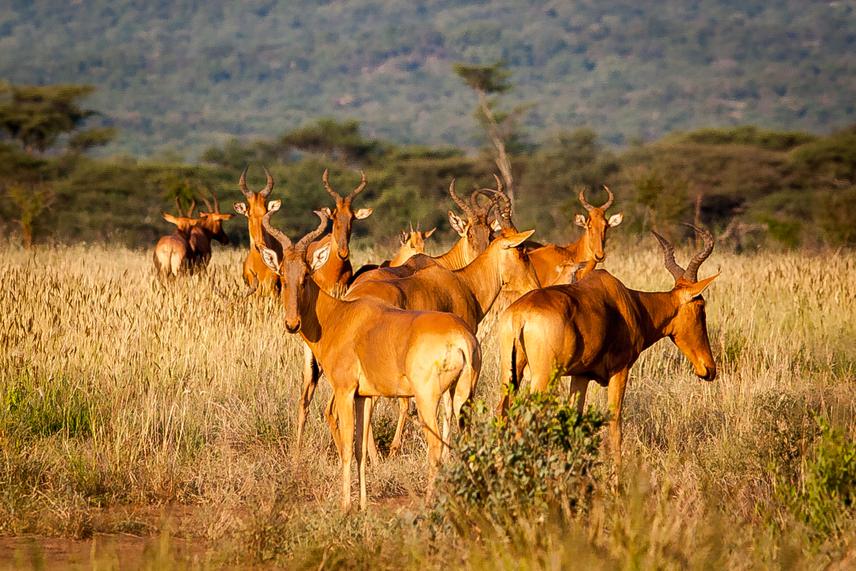Misganaw Tamrat Gessese
Other projects
4 Jun 2018
Habitat Use, Home Range and Activity Pattern of Endangered Swayne’s Hartebeest and Potential Impacts of Livestock Grazing on its Survival
To provide base line information on the conservation status of A. b. tora, A.b. lelwel and D.b. michaeli, and identify their potential suitable habitats within the country

African large mammals declined remarkably due to increasing habitat loss, livestock overgrazing, extensive hunting, drought and epidemic. This project aims to evaluate the conservation status of two Hartebeest species (Alcelaphus buselaphus) and Black Rhinoceros (Diceros bicornis michaeli) in the remote lowlands of Ethiopia bordered to Kenya, south Sudan and Sudan.
While Black Rhinoceros (Diceros bicornis michaeli) was largely abundant, in S. Sudan, Ethiopia, Somalia to Kenya, Tanzania and Rwanda (Emslie, 2012). However, a dramatic increase in the price of rhino horn caused a dramatic 96% collapse in numbers between 1970 and 1992 (Leader-Williams, 1988). As December 2007, a total 700 individuals of Black Rhinoceros estimated.
About 250 mature individuals of A. b. tora are estimated in Ethiopia and Eritrea (IUCN SSC ASG 2008). There is limited recent information on its status. The recent short surveys have failed to confirm the presence of Tora in few potential localities of the species (Heckel et al. 2007) and a possible of extinction is commented by IUCN. Lelwel Hartebeest Listed as Endangered as numbers have declined from more than 285,000 in the 1980s to less than 70,000 today (IUCN SSC ASG 2008). Lelwel Hartebeest have undergone dramatic reductions in numbers in Uganda and Central African Republic and extinct in Kenya. Lelwel distribution is yet to be documented in Ethiopia, but believed to exist near to border of Sudan and Southern Sudan. Yet, the potentially range of these species is not adequately surveyed. This project wills answer some of the vague, but extremely important conservation question on the conservation status of these rare species. While hartebeest and black rhino are my priority target species for the survey, all large mammal species observed during the survey or camera traps will be documented. The project also will provide habitat quality assessment for the target species.
A combination of transect count, questioner survey, camera traps, pellet count will be carried out to determine if these rare species still existed in their historical sites in Ethiopia mainly bordered to Kenya, south Sudan and Sudan.